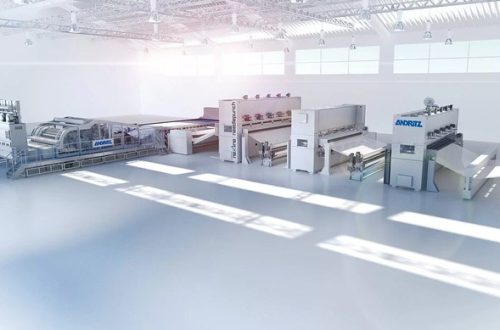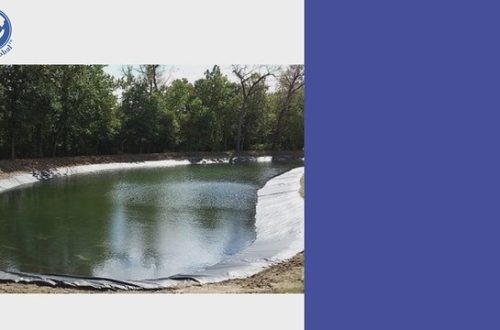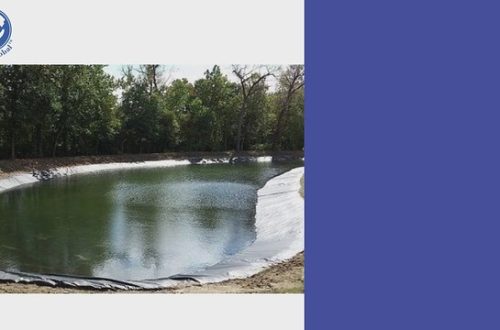Protect Your Land From Erosion With Gabion
Protect Your Land From Erosion With Gabion
Gabions are a great way to protect your land from erosion. They are essentially metal crate-like structures filled with rock that help fight erosion by providing a textured surface and reducing water velocity.
They can be filled with stone, recycled materials, shells, and even glass to match the surrounding landscape. Their unique blend of strength, versatility, and beauty makes them a popular construction solution for various projects.
Durability
Gabion’s durability makes it a great choice for construction projects that need to withstand high-intensity loads. Its strong, rigid frame allows it to accommodate larger Gabion rocks and more weight than other retaining wall construction methods. This makes it a good choice for structures that need to stand up to hurricane-force winds or seismic disturbances. It also offers excellent resistance to corrosion. The well-bonded zinc coating on the wires helps to prevent atmospheric corrosion.
People have been using gabion-type structures for thousands of years, dating back to the ancient Egyptians’ use of stacked rock formations to protect the Nile River banks. In modern times, gabion walls are used to control erosion on river banks and sloping land. They are also useful in retaining walls, revetment walls, and for the protection of dams, canal banks, and reservoirs.
Unlike traditional concrete walls, Gabion is more eco-friendly and requires no cement to bind the stones together. It is also more affordable because it utilizes recycled or onsite fill to reduce transportation costs and carbon emissions. It also provides a variety of design options, including curves and stepped walls.
The welded wire mesh gabions are made on-site and filled with carefully selected stones. The resulting structure can be filled to the desired height, depending on the project’s requirements. The stones are weighed to ensure that the structure is properly balanced. During installation, proper drainage considerations are also important to ensure the longevity of the gabion.
Versatility
Gabions are a versatile construction solution for numerous landscaping problems. They are often more cost-effective than traditional retaining walls and offer a long-wearing solution to a variety of issues. They are also durable enough to withstand heavy loads, torrential storms, and even ice. They are made from welded wire mesh and coated with zinc to protect against atmospheric corrosion. They can also be reinforced with a PVC coating to extend their life.
A popular use of gabions is as erosion control in riverbanks and slopes. They can be filled with rock or other materials and placed along the bank to stabilize the soil. They are also effective in preventing floods by intercepting and dissipating the energy of water flow. They can be anchored with boulders to further stabilize the area and prevent landslides.
For more aesthetic applications, gabions can be used for fencing and building cladding. They can be clad with a variety of weatherproof materials, including brick, river rocks, shells, and glass. They can be stacked to create curved walls and pillars. They can also be constructed as a garden wall, retaining wall, or water feature.
For military purposes, gabions can be used to protect forward operating bases against indirect mortar or artillery fire. They can also be used to shield structures within the base, such as sleeping quarters or mess halls. They are particularly useful for protecting against explosive, fragmentary, indirect fires.
Aesthetics
Gabions offer a unique blend of function and design, ranging from robust civil engineering projects to backyard landscaping. They can be filled with a variety of different inorganic materials, including rock, concrete, logs, bricks, and shells, that are both Black Color Geocell durable and visually appealing. They’re commonly seen in construction sites, along waterways and highways, and even at the base of some bridges.
Although their roots are in civil engineering and military applications, gabions have adapted to meet the needs of modern design. These wire containers — originally wicker baskets — are now made of galvanized steel or other corrosion-resistant materials to ensure longevity and durability. They are used to stabilize shorelines, prevent erosion, and construct retaining walls. In landscape design, gabions are also used as decorative elements.
When constructed with a natural stone material, they are a beautiful addition to any landscape and provide a distinctive aesthetic that blends seamlessly into diverse surroundings. They can be built around garden paths, as fences for private properties, or as borders for property lines. They can also define different levels of your outdoor space and add texture and depth to your gardens.
Another benefit of gabion fencing is that it offers more privacy than traditional fences, without obscuring your view of the surrounding area. However, it’s important to note that the nooks and crannies in these structures can serve as nesting spots for various animals, so you may want to think twice before choosing this type of fence for your home.
Cost
Gabion structures are a great solution for many landscaping problems and can be very cost-effective. However, there are some drawbacks to using this type of construction. In river, pond, and beach environments, gabion walls are sometimes criticized for appearing unattractive and mechanical in design. However, this can be offset by using attractive facing stone toward the front of the wall and establishing vegetation in the spaces between the rocks.
Unlike concrete walls, gabions are made of wire mesh and are lighter in weight. They are also more durable and offer the flexibility to adapt to changes in environmental conditions. They can also be constructed quickly, which makes them an excellent option for emergency situations. These structures are also environmentally friendly and can be made from local or recycled materials.
A gabion is a wire cage that’s filled with rock or earth and used for a variety of purposes, including building walls, dams, foundations, pathways, trenches, sculptures, and more. They are often used as protective structures in military bases to protect forward operating bases (FOBs) against explosive, fragmentary indirect fires such as mortar or artillery.
You can purchase gabions in flat packs that are lightweight and easy to assemble. These are usually sold for DIY projects, and all you need to do is prepare the site and fasten the baskets together. You can also find pre-filled gabions online, which are much more expensive but will save you a lot of time.


